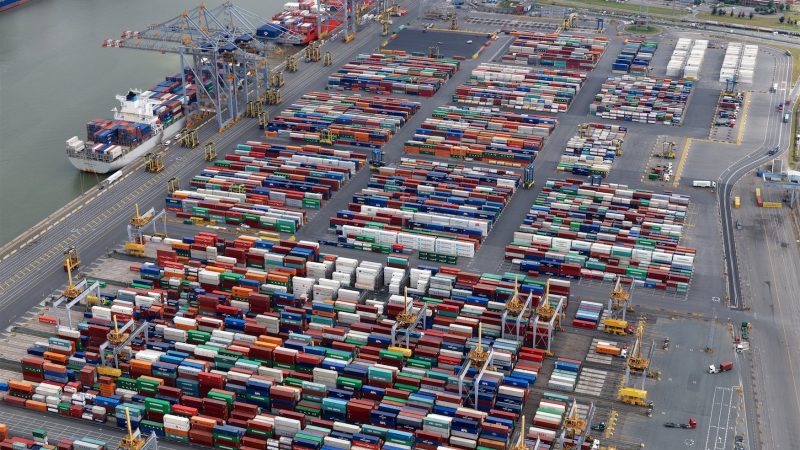Suez blockage ‘only aggravated’ container imbalance in EU ports

For European port hubs, the Suez Canal disturbance proved to be less impactful than expected. Nevertheless, container imbalances between imports and exports are still going strong, causing many issues to shippers. In fact, a survey conducted by Container xChange shows that leading European ports such as Rotterdam, Antwerp and Hamburg, keep receiving far more containers than they send away.
According to Johannes Schlingmeier, CEO & Founder of Container xChange, the Suez blockage just made things a bit worse than they were before. However, it is not the only one to blame for the congested container terminals. In contrast, this situation results from continuous container imbalances since the beginning of 2021. “Europe’s top container terminals have been struggling to keep congestion at bay, with incoming boxes outweighing outgoing boxes for much of 2021,” he said.
Worrying indicators
Container xChange uses the Container Availability Index (CAx) to measure the dynamics of imported and exported containers through terminals. Specifically, it uses the 0,5 indicator as a reference point for container traffic. Consequently, if a port has a result below 0,5, it exports more containers than it imports. On the other hand, when a port scores higher than 0,5, it receives more containers than it sends out.

Indicatively, Rotterdam, Hamburg and Antwerp find themselves way over the limit. For week 17 of 2021, Hamburg scored a 0,93, Antwerp a 0,9 and Rotterdam a 0,83. Understandably, all three ports have to deal with heavy congestion and numerous empty containers that need to find their way back to the place where they came from.
Exporters struggle
This situation looks ominous also for European exporters who race to find containers for their shipments. “What we’re hearing from our container leasing and trading members is that they find it increasingly difficult to book export containers with the carriers across Europe. It seems shipping lines are prioritising empty containers to move the boxes back to China as fast as possible,” underlined Schlingmeier.
Also read:
- Can rail handle the cargo volumes heading for Rotterdam?
- Blog – TEU traffic jam about to arrive, ready to roll?
Or watch:
You just read one of our premium articles free of charge
Want full access? Take advantage of our exclusive offer




